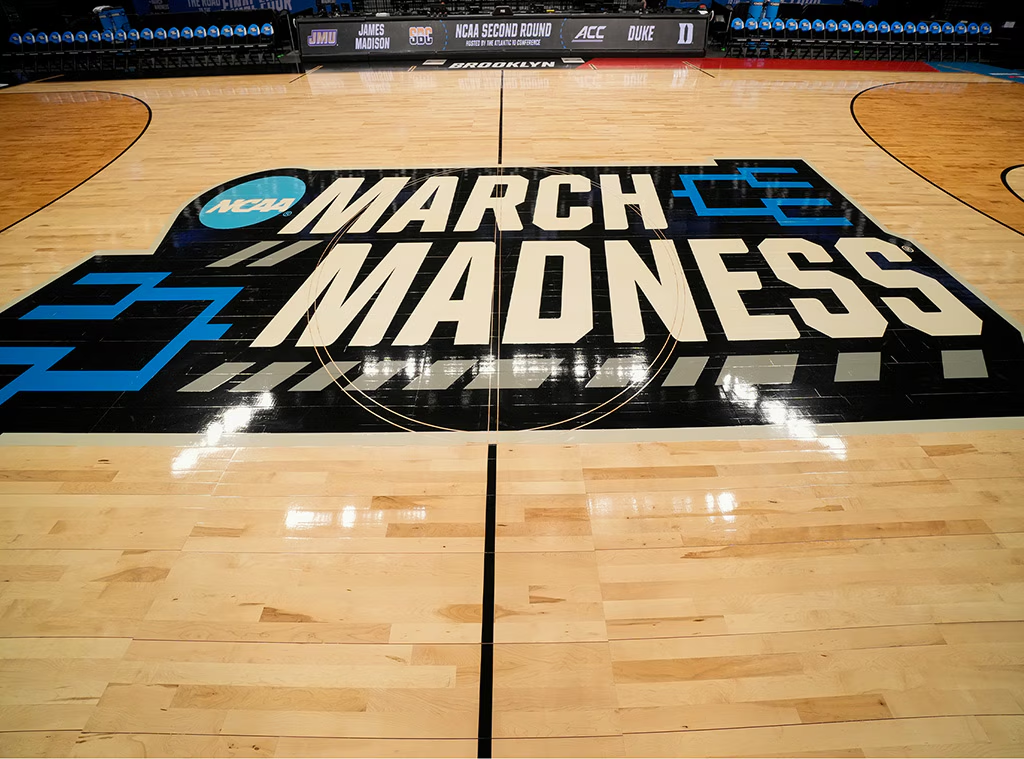
As basketballs bounce and brackets break, the NCAA Tournament isn’t just disrupting defenses — it’s disrupting desks during March Madness.
A Slam Dunk for Fans, a Shot Clock Violation for Productivity
Each March, while millions of Americans feverishly refresh their brackets and tune in to the magic of buzzer-beaters, a different kind of madness quietly unfolds in offices across the country. It’s not the kind that fills arenas — it’s the kind that slows email replies, delays deadlines, and turns the 9-to-5 into something much closer to a full-court press of distractions.
According to a new report from The Action Network, March Madness could cost the U.S. economy an estimated $20 billion in lost productivity this year. That number, already jaw-dropping, is a leap from last year’s $17.3 billion figure, and it paints a fascinating — and maybe a little frightening — picture of just how powerful college basketball’s biggest stage has become.
View this post on Instagram
When the Game Clock Replaces the Punch Clock
The timing of the NCAA Tournament couldn’t be more tailor-made for workplace disruption. First-round games tip off midday on a Thursday and Friday, squarely during standard business hours. And based on a survey of 3,000 college basketball fans, many Americans are rearranging their schedules — and ethics — to watch.
According to the survey:
-
40% admitted to calling in sick just to watch the games.
-
23% said they watch four or more hours per day during the tournament.
-
The average fan spends 2.4 hours daily checking scores, updating brackets, or streaming live games while at work.
It’s enough to make a manager reach for a timeout.
March Madness is costing employers an estimated $17.3 billion in productivity pic.twitter.com/aHB9bZzSUd
— CNN (@CNN) March 19, 2023
Gone are the days of gathering around the break room TV. With the March Madness app, fans can now carry the tournament in their pockets — or stream it silently in a corner tab on their work laptop. With every upset and every game-winner, productivity drops just a little further.
The Math Behind the Mayhem
So, how does all that fandom translate into $20 billion?
Using Bureau of Labor Statistics data, the report estimates that each distracted worker costs the economy an average of $1,801.30 in lost productivity over the course of the tournament. Multiply that by the millions of workers caught up in the madness, and you’ve got a full-court fiscal impact.
And while estimates vary — some studies have ranged from $1.9 billion to $13.3 billion in prior years — the trend is clear: March is a month where time and attention are hard to keep on task.
Not everyone sees the Madness as a net negative.
In fact, some workplace experts argue that March Madness — if embraced the right way — can actually be good for business. Andrew Challenger, Senior VP at the outplacement firm Challenger, Gray & Christmas, believes companies can use the tournament as an opportunity.
“March Madness can be a great opportunity for team bonding,” Challenger says. “If companies embrace it — by setting up office pools, hosting watch parties, or allowing flexible schedules — it can make the workplace more engaging.”
And in an era of hybrid work and lingering burnout, fostering a sense of community and joy might be worth a few hours of missed productivity.
Brackets, Bonding, and a Bit of Balance
Some forward-thinking organizations are taking that idea and running with it. Designated watch zones, sanctioned bracket challenges, and flexible hours for basketball lovers are becoming more common. The thinking is simple: if you can’t beat the Madness, you might as well join it — responsibly.
So while the NCAA Tournament might wreak havoc on spreadsheets and Zoom meetings, it also brings something else: a spark of shared excitement. A chance for a quiet office to erupt when a 12-seed hits a game-winner. A reminder that joy and productivity can, sometimes, coexist.
Because in March, the true madness may not be how much we lose — but how much we gain when we let ourselves play along.







